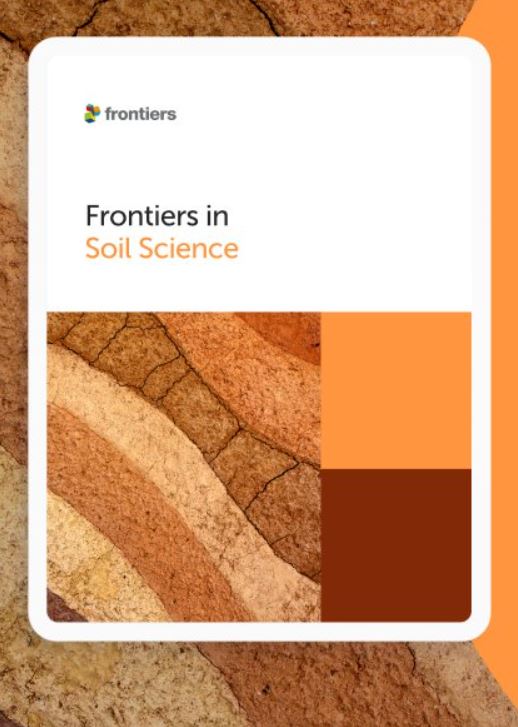Women representation in soil science: gender indicators in the University Program of Interdisciplinary Soil Studies
Abstract
Introduction. In the world, 33% of soils are degraded, and 2.9 million people are affected by land degradation, with problems associated with food security, conflicts over natural resources, and migration with different impacts on men or women. To support sustainable soil management, it is necessary to include women's contributions to soil Sciences; their achievements and academic performance still need to be represented. Women in Science represent 30% worldwide. In Mexico, only 24 % of top academic positions are women. For commitment to soil Sciences for Sustainable Development Goals (SDGs), UNAM created the University Program for Interdisciplinary Soil Studies (PUEIS). Methods. This research evaluates women's representation through gender indicators in the PUEIS and SNI datasets and discusses their implications for the gender gap in the soil Science community from Mexico. The data was collected with an online semi-structured survey and the gender indicators selected were related to participation, gender gap, sexism, equal opportunities, exclusion, and academic performance. Results. The results show that in the PUEIS, 54% of members identify themselves as women and 46% as men. The gender gap shows equality in the total number of members. However, low-rank jobs, such as lecturers and lab technicians are women dominated, and the top-ranked positions as a full professor, associate professor, and research scientist are equal. One result to consider for the PUEIS members is that the younger generation, as is the older generation, is dominated by men. This could indicate a setback in intermediate generations' progress toward achieving gender equality. In the case of SNI members, there is a gender gap problem; of members with a Ph.D. degree, only 38% are women, and the elite group of scientists with a Ph.D. at the top position is represented only by 24% of females. Discussion. This work constitutes the first gender exercise for analyzing women's participation in the soil Sciences in Mexico. From our perspective, it is not about competition in scientific careers between women and men; however, it is essential to recognize that gender inequalities are related to income, professional development, and science funding inequalities, and these disparities impact women more than men.

